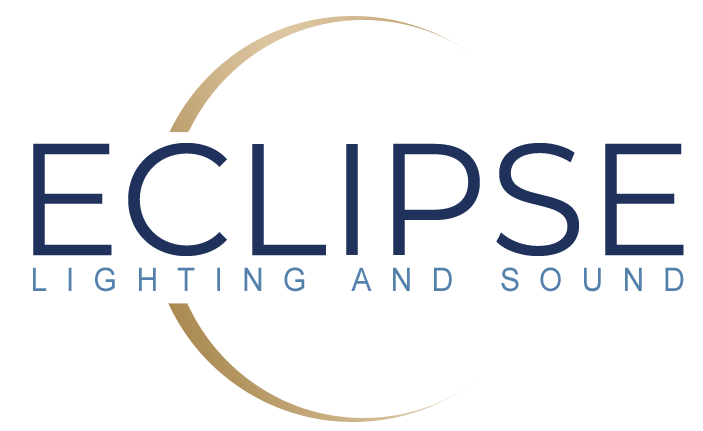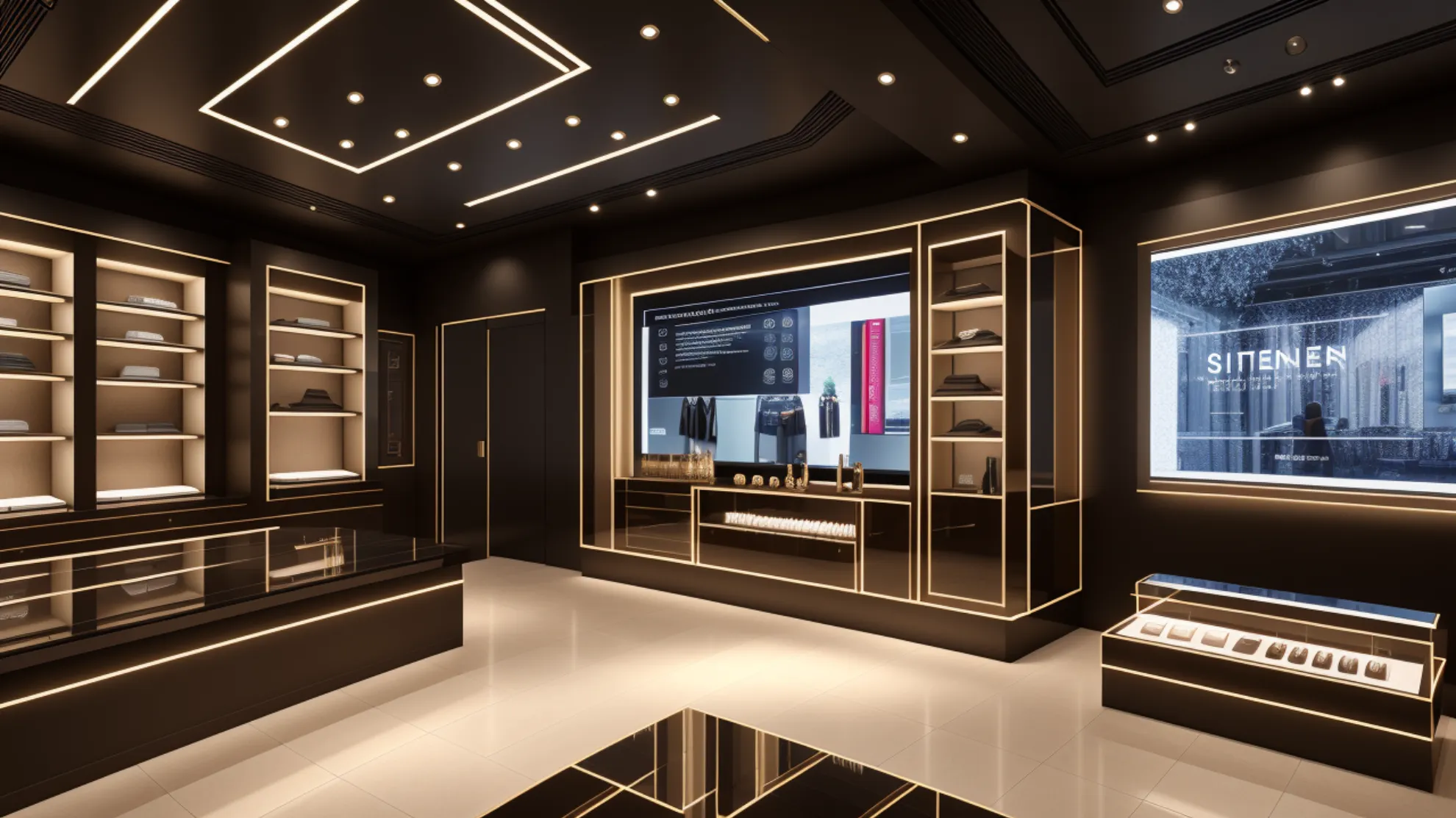In today’s fast-paced world, retailers need to stay ahead of the curve to engage and retain customers. One way to do this is through the use of audio-visual technology. Audio-visual technology can transform a retail space by creating an immersive and personalized experience for shoppers. In this article, we’ll discuss some of the ways in which audio-visual technology can improve retail experiences.
Digital Signage
Digital signage is one of the most popular audio-visual technologies used in retail spaces. It involves using digital displays, such as LED screens, to showcase product information, promotions, and advertisements. Digital signage is a great way to capture shoppers’ attention and provide them with valuable information about products and services. The dynamic nature of digital signage allows retailers to change messaging and promotions quickly and easily, keeping the content fresh and engaging.
Interactive Screens
Interactive screens are another audio-visual technology that can significantly improve retail experiences. Interactive screens allow customers to engage with products and services in an interactive and entertaining way. For example, interactive screens can be used to showcase product demos, provide interactive product information, or allow customers to customize products. By providing an interactive and engaging experience, retailers can increase customer engagement and drive sales.
LED Screens
LED screens are another popular audio-visual technology used in retail spaces. They are energy-efficient and can display high-quality visuals. LED screens can be used to display large-scale images or videos, creating a dramatic and immersive experience for shoppers. Retailers can use LED screens to showcase products, promote sales, or create a brand atmosphere that captures shoppers’ attention.
In-Store Music and Sounds
In-store music and sounds are another audio-visual technology that can significantly improve retail experiences. Studies have shown that music can influence shoppers’ moods and behavior, making them more likely to spend time in-store and make purchases. Retailers can use in-store music and sounds to create a welcoming and relaxing environment that encourages shoppers to spend time and engage with products.
Conclusion
In conclusion, audio-visual technology can significantly improve retail experiences by creating an immersive and personalized experience for shoppers. From digital signage to personalized recommendations technology, there are many audio-visual technologies that retailers can use to engage and retain customers. By using audio-visual technology, retailers can provide shoppers with a seamless and convenient shopping experience that encourages them to spend time and engage with products. If you’re a retailer looking to stay ahead of the curve, consider incorporating audio-visual technology into your retail space.

